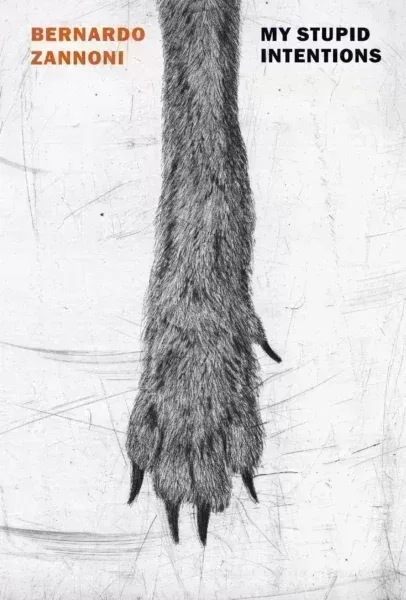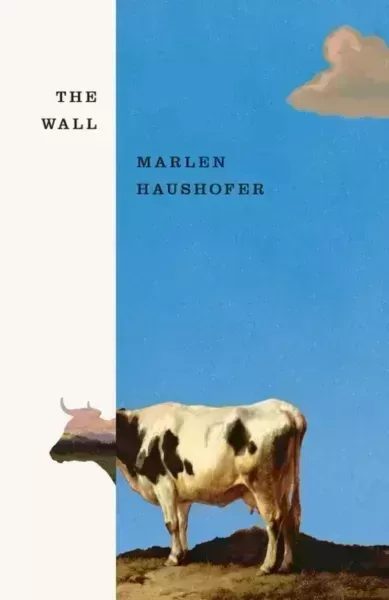
My Stupid Intentions
Bernardo Zannoni
Translated by Alex Andriesse (New York Review Books, 2023)

The Wall
Marlen Haushofer
Translated by Shaun Whiteside (New Directions, 2022)
Two vastly different books — one a picaresque tale, the other a dystopian meditation — both recount a transition from human to animal or from animal to human.
A young traveling salesman wakes up one morning transformed into a monstrous vermin. He’s late for work — will he be fired? His mother calls through the door but does not understand his answer. He presents himself: chaos ensues. His father, terrified, chases him back into his room where he stays for months, crouched beneath the sofa. He no longer thinks of work and his family recedes. But he still loves them, and he can’t bring himself to leave. He has the habits of a cockroach and the memories of a man.
Is this a story about an animal? Not really. Kafka’s Gregor Samsa develops some cockroach-like cravings (darkness, silence, mold), but his preoccupations remain very much human and existential, nor do we learn much about the mind of an insect. Rather, it’s a story about becoming an animal, or more properly, about failing to be adequately human. Watching Gregor go from man to cockroach creates an uncanny awareness of what constitutes each side. Like a color that changes depending on its background, humanity jumps into vivid relief when it’s held up against the animal. We get a sudden, eerie glimpse of what an animal isn’t. Which is, simultaneously, a glimpse of what a human is. Kafka shows us the moment in which a human life is lost.
This image occurred to me recently as I read two European novels, one new and one republished in which a similar metamorphosis is very much at play. The first, My Stupid Intentions (I miei stupidi intenti), is the brilliant debut of a young Italian author, Bernardo Zannoni. Published in Italian in 2021, it won nearly every major national literary prize save the Strega; last year it was published in English, translated by Alex Andriesse, and received a much quieter, though positive, reception. The second book is Marlen Haushofer’s Austrian classic, The Wall. Originally written and published in 1963 as Die Wand, it was reissued by New Directions in 2022 in an older English translation by Shaun Whiteside. Though vastly different in style and genre — one a picaresque tale in which animals speak, the other a serious dystopian meditation on the end of humanity — both recount a transition from human to animal or from animal to human. Like Kafka, in portraying ways of being that are not totally animal nor quite human, each author offers a striking vision of the lonely and often destructive estrangement of humanity from the living world around us.
This article is behind the paywall. Want to keep reading this article?
Subscribe to the European Review of Books, from as low as €4,16 per month.
Already a subscriber? Sign in
- Solomon’s characterization is also coded with the classic stereotype of the Jewish moneylender: avaricious and amoral. The term « usury » already carries the trace of antisemitism. We never hear from Solomon about Jesus; the book’s explicit biblical references are all from the Old Testament. His entire spiritual philosophy (an eye for an eye instead of turning the other cheek, punishment for sin by God the Father) is decidedly Old Testament. ↩︎